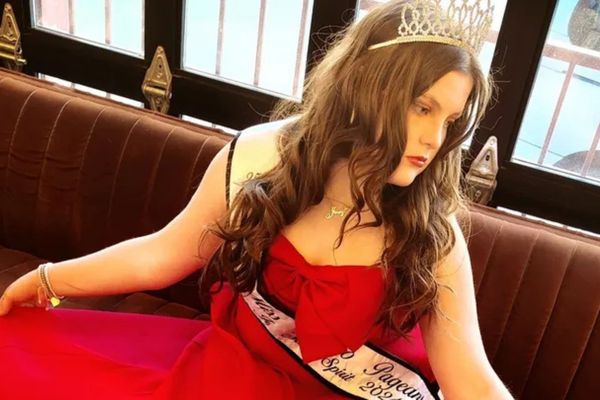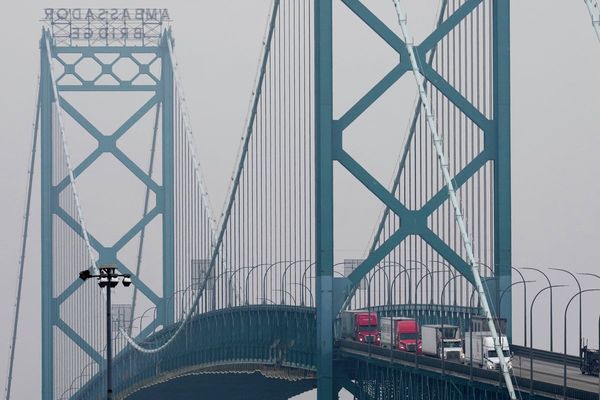
Legendary Australian folk singer and larger-than-life Northern Territorian Ted Egan has long been uncomfortable about the way his nation ties its foundation and identity to “Australia Day”, Anzac and federation.
Every year, especially with the nearing of 26 January – Invasion Day or Australia Day, depending on your view – the divisive debate heats up over whether the beginning of dispossession and genocide of First Nations peoples is the appropriate day to celebrate nationhood.
Egan, 90 years old next month and renowned for his associations with First Nations peoples of the territory and his promotion of Indigenous rights, has come up with an idea – and a song to go with it – that he sees as a solution to the division.
Egan has been consistently preoccupied with the (white) blind spots of Australian history, not least in regards to the omission of prominent Indigenous people from public commemoration. Chief among them is Bungaree, an Aboriginal man of the Sydney region who sailed with British naval officer Matthew Flinders on his circumnavigation of Australia, completed in 1803.
There was also a cat, Trim, on board. This feline has sometimes been afforded in history and books, and in all sorts of commemorations including statuary, more importance than Bungaree, who acted as guide and diplomat between Flinders and other First Nations people.
For example, statues of Flinders and Trim can be found outside the Mitchell library in Macquarie Street, Sydney, and at Australia House in London. But there is no Bungaree there and despite being one of the most identifiable Aboriginal men of the early New South Wales colony (he would routinely greet, in a long boat, British ships sailing into Port Jackson) there is little in the Sydney landscape to mark his memory.
“As soon as any ship came through the Sydney Heads, Bungaree would arrive in his fishing boat, rowed by two of his wives. Dressed in an old military jacket, tattered trousers and his trademark hat, he climbed on board to welcome newcomers to ‘his’ country. Doffing his hat, bowing deeply and grinning widely, Bungaree would ask to drink the captain’s health in rum or brandy. He then inspected the ship’s pantry and levied his ‘tribute’, which he received in the form of ‘presents’ or ‘loans’”, writes Sydney historian Keith Vincent Smith.
“A clever mimic, Bungaree could imitate the walk, gestures and expressions of past governors of New South Wales. Like Shakespeare’s clown in Twelfth Night, he was ‘wise enough to play the fool’ and used his humorous talents to obtain clothes, tea, tobacco, bread, sugar and rum for himself and his people.”
So, it is to Bungaree – “Boongarie” – that Ted Egan has recently turned his songwriter’s creative attention.
While he formally began working on the song, Foundation Day (available on Spotify and iTunes) last year, it was, Egan says, probably in gestation for five decades.
“[The idea has evolved] probably since the early 1960s when I purchased a copy of Flinders’ journals and maps, and became aware of Bungaree’s role in the circumnavigation of Australia, particularly around Caledon Bay [in north-east Arnhem Land],” Egan says.
“Thursday 8 September 1803 was the date Matthew Flinders announced that the circumnavigation of Australia was complete. He was the first person to refer to the entire island continent as ‘Australia’. Flinders was accompanied by Bungaree, a First Australian man from Sydney region. In his journals Flinders is always full of praise for the presence of Bungaree, who was recognised by all Aboriginal groups they met on their journey as an elder – a man of importance, as indeed he was.
“On 8 September [1803] Flinders officially reported to Governor King that he had charted an island continent, Terra Australis – he actually used the word Australia – occupied by First Australians in many of the coastal places he visited; he heard and noted their distinctive languages spoken. He thereby refuted the notion of ‘terra nullius’.”
Egan says there is, appropriately, growing heated debate about the right day to recognise as Australia’s national day: 26 January, the officially gazetted Australia Day; 25 April, Anzac Day, or 1 January, Federation Day.
“But none of these is suitable as a day revered by all Australians as our national day.”
Egan says he long ago began rethinking 26 January when he heard the “growing disquiet, particularly among First Australians, concerning colonisation and the determination in certain whitefella quarters to respect 26 January as Australia Day”.
“I began to think, ‘surely there is a better day that we can all celebrate’.” One, he says, that would better serve Black and white conciliation and healing.
8 September was a no-brainer for Egan. It’s worthy of inclusion in the ongoing national conversation.
Foundation Day. Discuss ...
As the old man sings:
I am Matthew Flinders
and I’m Bungaree
I’m Trim the cat
we have made history
we sailed around Australia
made friends on the way
so the eighth day of September
is Foundation Day
yes the eighth day of September
is Foundation Day.







